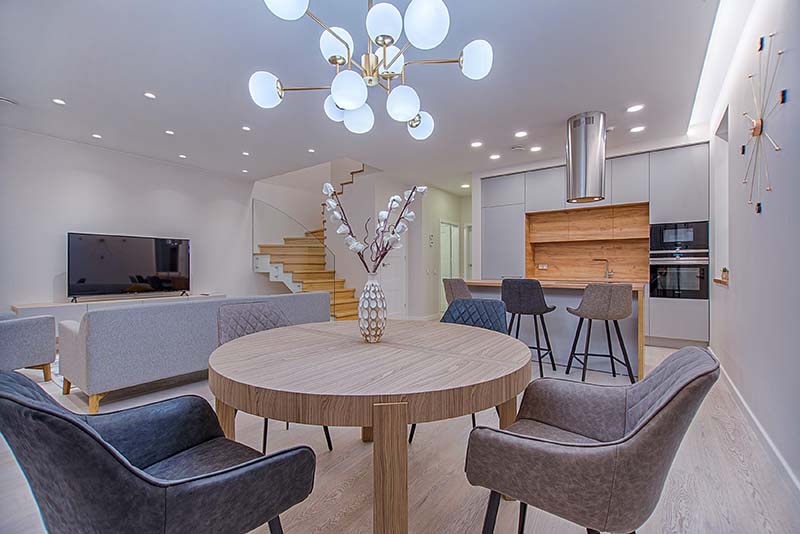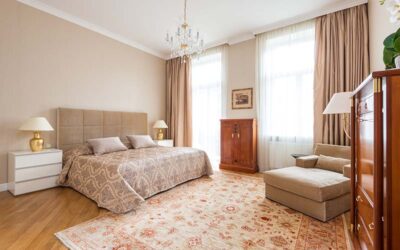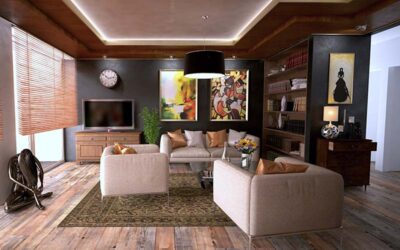Lighting is often the unsung hero of interior design. It’s like that quiet friend who brings life to a party without needing to shout about it. We tend to notice the furniture, the colors, and the decor, but the magic happens when the lights come on. In this article, we’ll shed some light on the profound impact of lighting in interior design and how it can transform spaces into captivating, functional, and cozy havens.
Setting the Mood
Ever walked into a room and felt an instant sense of calm and tranquility? Or perhaps you’ve entered a space that exudes energy and excitement. That’s the magic of lighting! Different lighting arrangements and intensities can instantly set the mood for a room.
Imagine a warm, dimly lit dining area with soft pendant lights casting a gentle glow over the table. It’s an invitation to linger over a meal, share stories, and create memories. On the other hand, a well-lit, vibrant kitchen with task lighting can make you feel ready to conquer culinary challenges.
Layers of Light
Just like a delicious lasagna with its layers of pasta, sauce, and cheese, lighting in interior design is all about layers. You’ve got your ambient lighting, which is like the base layer, providing overall illumination. Then there’s task lighting, your middle layer, offering focused light for specific activities like reading, cooking, or working. Finally, you’ve got accent lighting, the top layer, which adds drama and highlights the room’s best features, like artwork or architectural details.
The secret sauce here is combining these layers to create a harmonious lighting composition. Think of it as a symphony, where each instrument has a specific role, but together, they create a masterpiece.
Size Matters: Finding the Right Fixtures
Choosing the right lighting fixtures is like picking the perfect accessories for your outfit. You wouldn’t wear a tiara to a beach party, right? Similarly, you wouldn’t put a massive chandelier in a cozy bedroom.
Consider the size of the room and the height of your ceilings when selecting fixtures. For higher ceilings, you can go for grand chandeliers or pendant lights that make a statement. In smaller spaces, opt for sleek and compact fixtures that provide adequate light without overwhelming the room.
Color Temperature
Ever noticed how the light in a cozy cafe feels warm and inviting, while the fluorescent lights at the DMV office can make you feel like you’re under interrogation? That’s the magic of color temperature.
Lighting has a temperature measured in Kelvins (K). Lower Kelvins (around 2700-3000K) give off warm, yellowish light, perfect for creating a relaxed atmosphere in living rooms and bedrooms. Higher Kelvins (4000K and above) produce cooler, bluish light that’s ideal for task-oriented spaces like kitchens and offices.
The Play of Shadows
Designing with illumination isn’t just about where you put your lights; it’s also about the captivating shadows they cast. Shadows can add depth, drama, and a touch of mystery to a room.
Wall sconces, for instance, can create beautiful silhouettes on the wall, turning a plain surface into a work of art. Imagine the soft play of shadows from a tree-shaped floor lamp, evoking the feeling of dappled sunlight streaming through leaves.
The Magic of Dimmers
Ever heard someone say, “Let’s set the mood,” and they proceed to dim the lights? Dimmers are like the magician’s wand in lighting design. They allow you to control the intensity of your lights, instantly changing the atmosphere of a room.
Picture this: You’re hosting a dinner party, and as the evening progresses, you gently dim the lights. Suddenly, the room becomes cozier, the faces of your guests are softly illuminated, and the ambiance becomes more intimate. Dimmers are a game-changer in creating versatile and adaptable lighting solutions.
Energy Efficiency: LED vs. Incandescent
In the world of lighting, it’s out with the old and in with the new. Incandescent bulbs, once the standard, are now being replaced by more energy-efficient alternatives like LED (Light Emitting Diode) bulbs.
LED bulbs are not only kinder to the environment but also to your wallet. They last longer, consume less electricity, and produce less heat. Plus, they come in various color temperatures, so you can still achieve that warm and cozy ambiance.
Personalize Your Lighting Design
Remember, lighting is a highly personal aspect of interior design. It should reflect your taste, your lifestyle, and your needs. If you love reading, invest in adjustable reading lamps. If you’re an art enthusiast, use spotlights to make your collection shine.
Take a walk through your home and think about how each room serves you. What activities happen there, and how can lighting enhance those experiences? When you tailor your lighting design to your life, you create spaces that aren’t just beautiful but functional and meaningful.
In Conclusion
In the world of interior design, lighting is the unsung hero, the magician behind the scenes that brings spaces to life. It sets the mood, highlights the beauty, and transforms ordinary rooms into extraordinary havens.
So, the next time you flip that light switch, take a moment to appreciate the impact of lighting on your surroundings. Whether it’s the cozy glow of a bedside lamp or the brilliant radiance of a chandelier, lighting is the




0 Comments